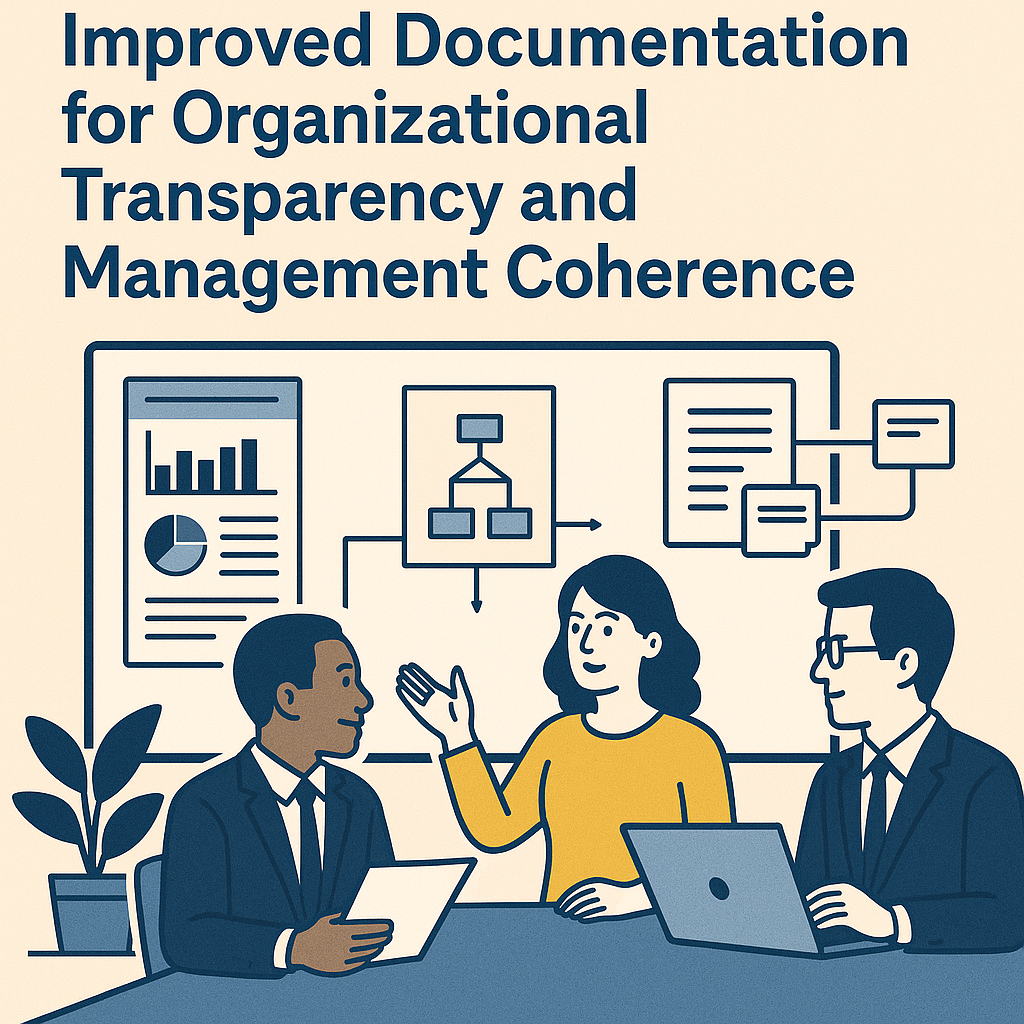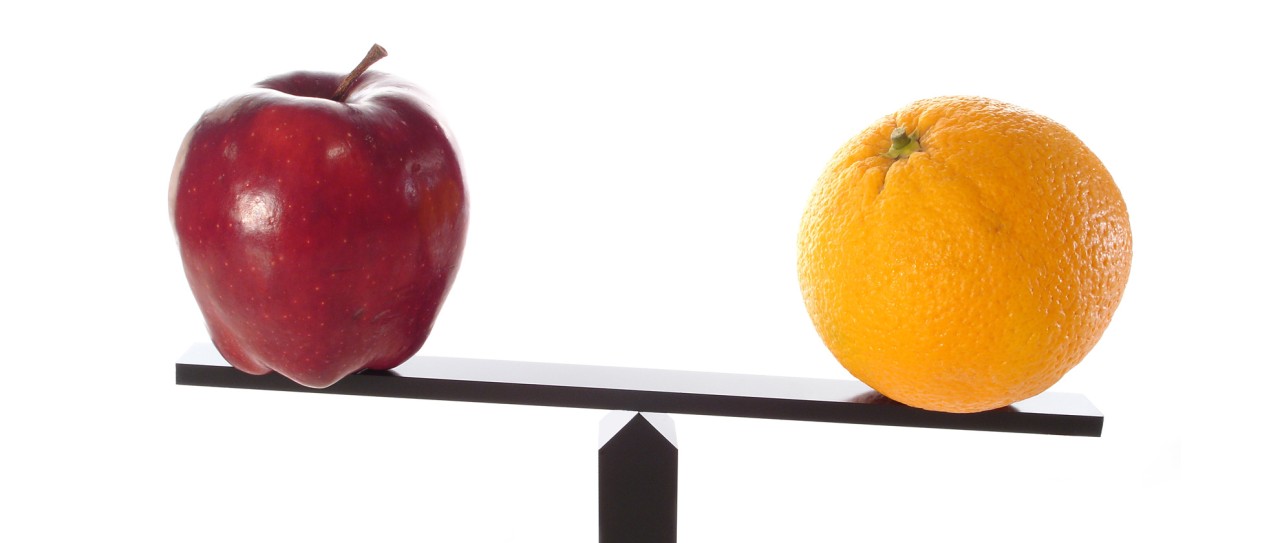Enterprise architecture often involves discovering and understanding fragmented, inconsistent, and undocumented knowledge hidden throughout an organization. Similar to archaeologists, architects must carefully excavate layers of enterprise artifacts, systems, documents, and models to uncover the truth about how an enterprise functions and evolves. This approach, called enterprise archaeology, provides a strong metaphor and method for grasping the structural and operational realities that support business performance.
Why "Archaeology" Matters in EA
- Fragmented artifacts: Architectural assets are often incomplete or disconnected. Like archaeological shards, diagrams, spreadsheets, and legacy code need to be understood in context to uncover their meaning.
- Lost intent: Many decisions and designs lack documentation explaining why they were made. Reconstructing rationale is essential for maintaining continuity and avoiding reinvention.
- Layered accumulation: Enterprises build over themselves. Strategy, systems, and processes form successive layers that may conflict, overlap, or obscure one another.




















